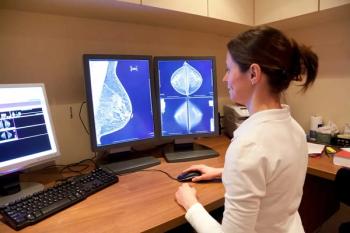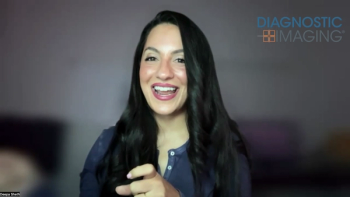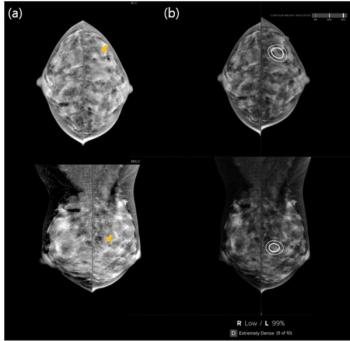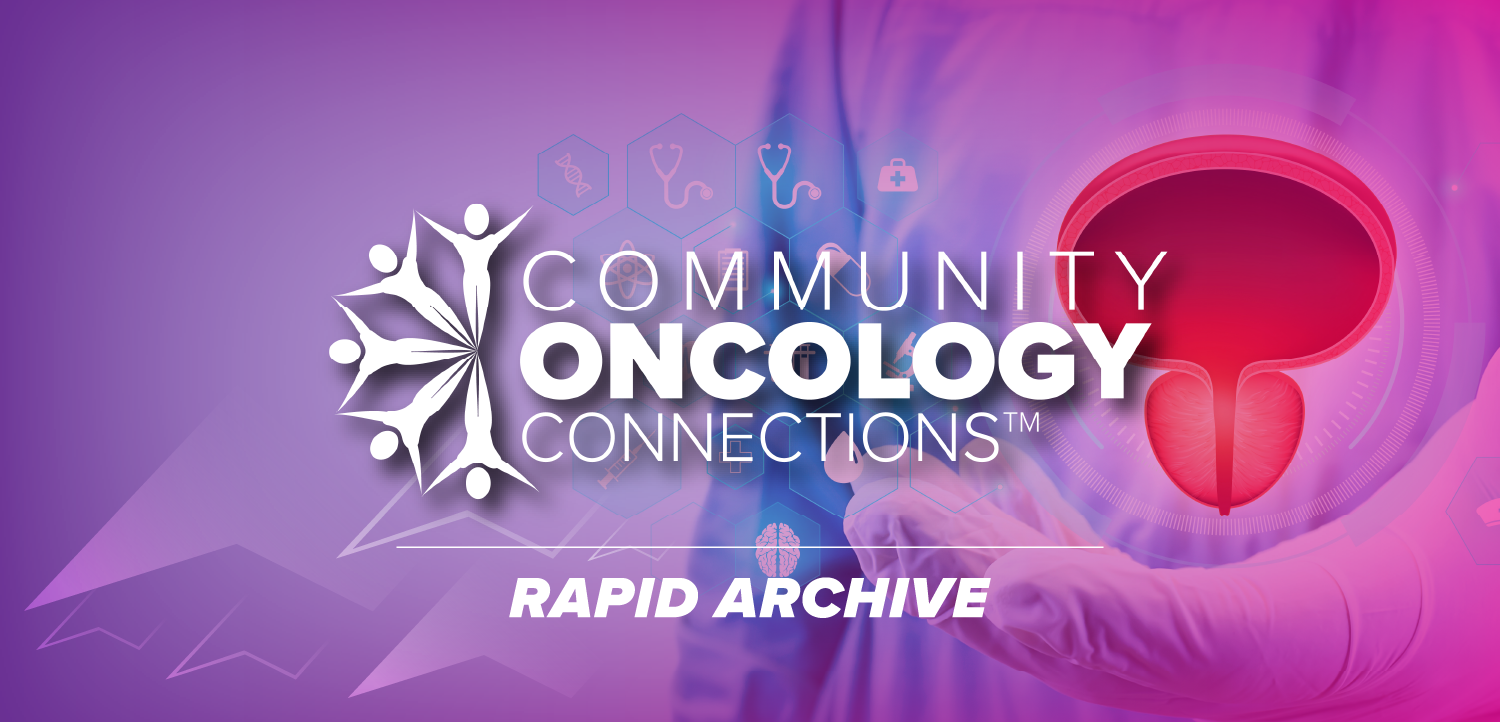
Hologic nears commercialization of breast tomosynthesis
Hologic has pursued breast tomosynthesis as a commercial modality for the last five years, recruiting luminaries with track records in tomo going back a decade or more. Now, at RSNA 2010, the company is on the brink of achieving that objective.
Hologic has pursued breast tomosynthesis as a commercial modality for the last five years, recruiting luminaries with track records in tomo going back a decade or more. Now, at RSNA 2010, the company is on the brink of achieving that objective.
The Selenia Dimensions system shown in the Hologic booth remains a work-in-progress for breast tomosynthesis, requiring the company to refrain from marketing the system for its 3D capabilities. But in the week leading up to the meeting, Hologic received an approvable letter from the FDA for those capabilities. All that remains before this system can be marketed in the U.S. for tomosynthesis is a positive review and inspection by the FDA of the manufacturing facility, methods, and controls that Hologic has put in place to produce the tomosynthesis device. Hologic plans to schedule this inspection in the coming weeks.
Selenia Dimensions systems, built to do tomosynthesis, have been rolling off the company’s production line for more than two years. Hundreds have landed in Europe, Canada, and Mexico. A few have found homes in the U.S., but only as 2D digital mammography systems. Converting them to 3D requires nothing more than a simple software upgrade, accomplished remotely, which Hologic will be more than happy to provide as soon as the FDA says it can do so.
Newsletter
Stay at the forefront of radiology with the Diagnostic Imaging newsletter, delivering the latest news, clinical insights, and imaging advancements for today’s radiologists.
































